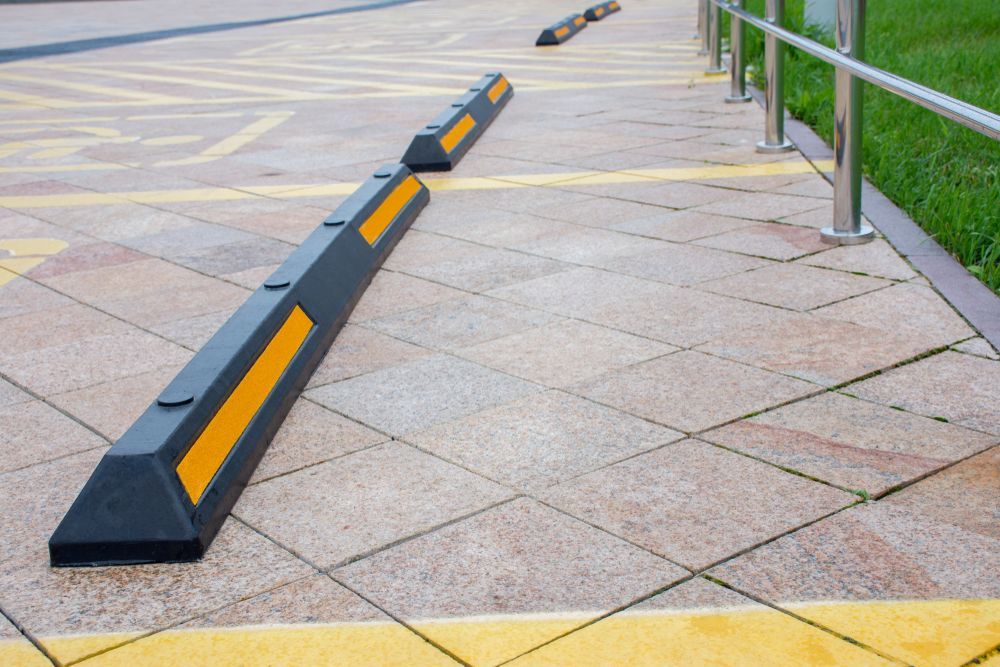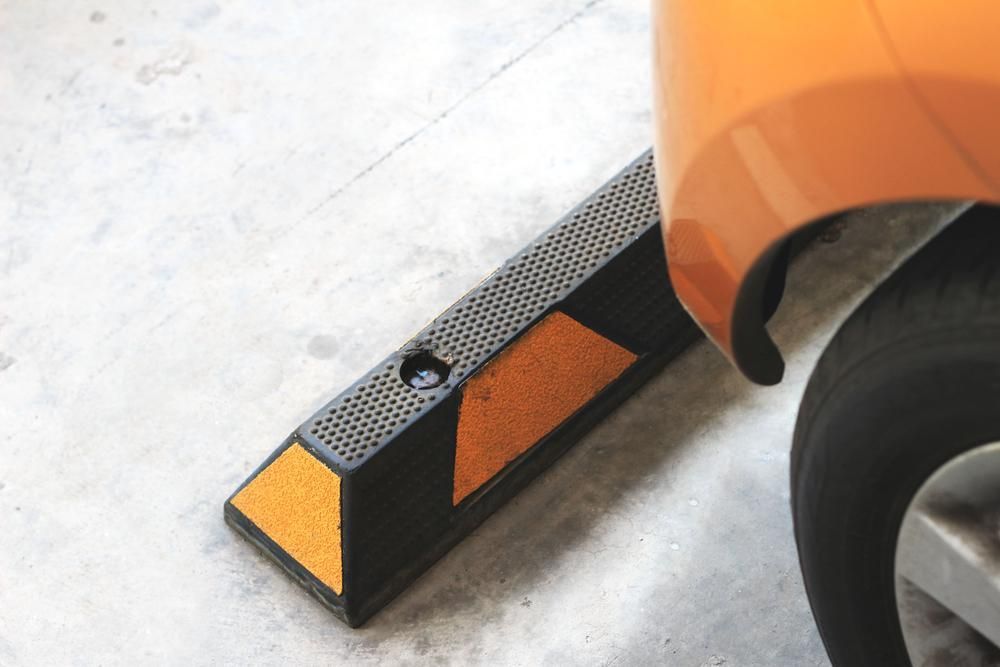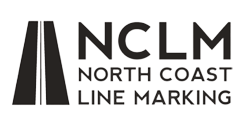North Coast Line Marking
Speed Bumps & Wheel Stops in Northern Rivers
- 24/7 Availability
- Free Quotes
- OH&S Compliant
Request a Call Back
Contact Us
Thank you for contacting North Coast Line Marking.
We will get back to you as soon as possible.
Please try again later.
Northern Rivers Wheel Stop Installations
Small adjustments can have a big impact on safeguarding buildings, walkways, and vehicles in confined parking spaces or managing speed in busy areas. Wheel stops and speed bumps are simple yet highly effective tools for improving safety, guiding traffic flow, and protecting infrastructure in car parks, driveways, and loading bays.
North Coast Line Marking installs throughout the Northern Rivers region and across South East Queensland, delivering reliable solutions for commercial, industrial, and residential sites. Whether you’re managing a multi-level car park or setting up a new driveway, these low-profile additions help keep things in order and people safe.
Do you need to upgrade your parking area or add protection to a newly painted bay? Call
0406 785 219 today for a quote on fast, compliant wheel stop installation.
Installed to Perform, Designed for Safety
Wheel stops and speed bumps are more than just finishing touches—they play a critical role in keeping car parks organised, traffic controlled, and pedestrians safe. At North Coast Line Marking, we supply and install high-quality wheel stops and speed bumps across a wide range of commercial, industrial and residential settings.
Our range includes rubber, concrete and recycled plastic wheel stops, each selected to suit different environments and impact requirements. Rubber is ideal for its flexibility and shock absorption, while concrete is best for long-term, heavy-duty applications. We also install durable speed bumps that help reduce vehicle speeds in shared driveways, retail centres, and high-traffic zones. All products are installed with secure anchoring to prevent shifting, minimise tripping hazards, and ensure long-lasting performance.
All installations meet Australian Standards (AS2890.1), with correct spacing, visibility and placement. Whether you need a few safety additions or a full-site fit-out, we’ll help you create a parking area that’s structured, compliant and built to last.
What is the purpose of a wheel stop in a car park?
Wheel stops are used to prevent vehicles from pulling too far forward when parking, protecting walls, pathways, landscaping, or other vehicles from damage. They also help ensure that parked cars remain aligned and within their bays, supporting better traffic flow and pedestrian safety. In multi-storey or underground car parks, wheel stops can also prevent contact with barriers or structural elements. When installed correctly, they reduce the risk of accidents caused by over-parking or misjudged stopping distances.
What materials are best for wheel stops?
Safety barriers like wheel stops, road bumps, and kerb blocks come in a variety of materials, each offering specific benefits depending on the environment. Common options include rubber, concrete, and recycled plastic. Rubber is flexible, easy to install, and provides excellent impact absorption, making it ideal for everyday car parks and commercial driveways. Concrete is favoured for its strength and durability, particularly in industrial settings or areas with heavy vehicle use.
Other options, like recycled plastic, are lightweight, resistant to corrosion, and are considered a more environmentally friendly choice, well-suited to both private and public spaces. The best material depends on factors like surface type, budget, and expected traffic conditions. Regardless of the material, all products should be UV-resistant and securely fixed to prevent shifting or damage over time.
How are wheel stops installed and secured?
Wheel stops are usually installed by drilling into the surface (concrete or asphalt) and securing the stop with mechanical fixings such as steel rebar pins or bolts. The installation process includes precise alignment, spacing, and measuring to ensure compliance with standards and consistency across bays. Each stop is checked for stability and level to prevent rocking or lifting over time. Proper surface preparation and fixing methods are essential to ensure safety, durability and long-term performance, especially in high-traffic or outdoor environments.





